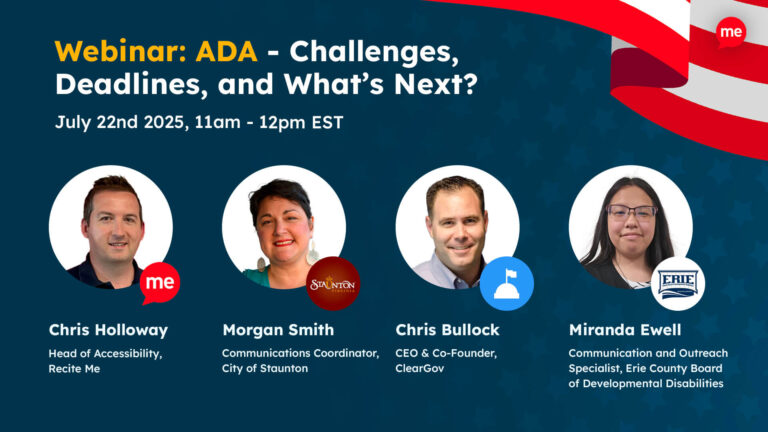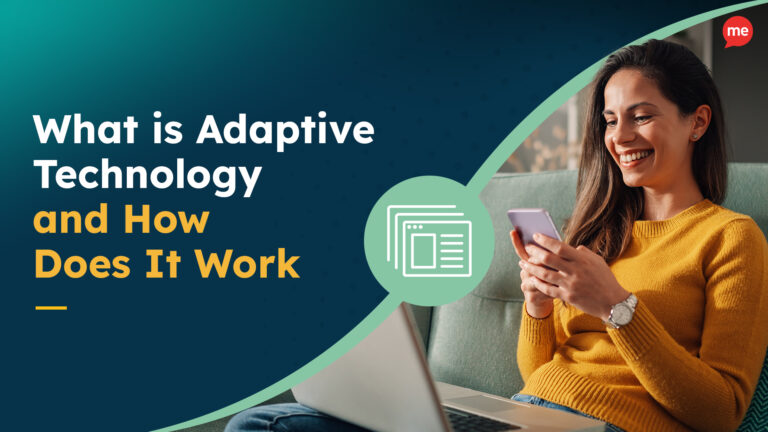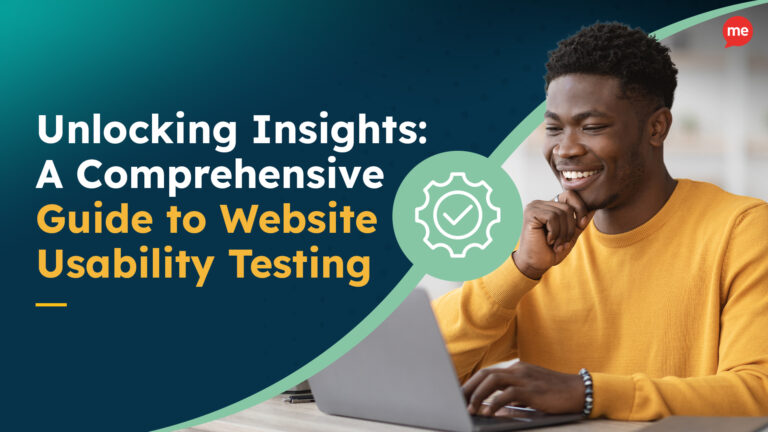It’s always rewarding when Recite Me blog articles perform well, as this tells us our content is relevant to reader needs and search queries. Analysing our article stats also provides valuable insight into ways we can plan future content to continue providing comprehensive information and constructive advice on website accessibility and inclusion factors.
Web accessibility, diversity, and inclusion factors have been at the forefront of many business plans in the last year, with 2021 being dubbed “The Year of Accessibility”. At Recite Me, we’re passionate about the work we do and how our technology helps people. We’re also committed to finding more ways to put web accessibility factors in the spotlight and make online inclusion a globally familiar topic.
Here’s a rundown of our most popular articles in 2021 and how they have helped support people with a range of online access needs.
1. Guest Blog – Life Online with Dyspraxia and Finding your Dream Job
This post focuses on the real-life experience of Daniel Cobb, a People Advisor who only found out he had Dyspraxia at the age of 43. The average page view of nearly 6 minutes suggests that most visitors read the entire article.
Read Daniel’s full article here.
The success of this article tells us that more organisations are becoming familiar with lesser-known developmental coordination disorders (DCD) like dyspraxia, and are actively looking for ways to support neurodiverse employees.

2. Understanding The Equality Act and Website Accessibility
As the name suggests, this article guides organisations through the Equality Act of 2010 and how web accessibility factors should be considered for compliance – especially for public sector bodies.
In 2018, only 60% of local authority websites’ home pages were accessible to disabled people. The popularity of this article highlights that public sector organisations are working to comply with the most recent updates and requirements, which is great to see.
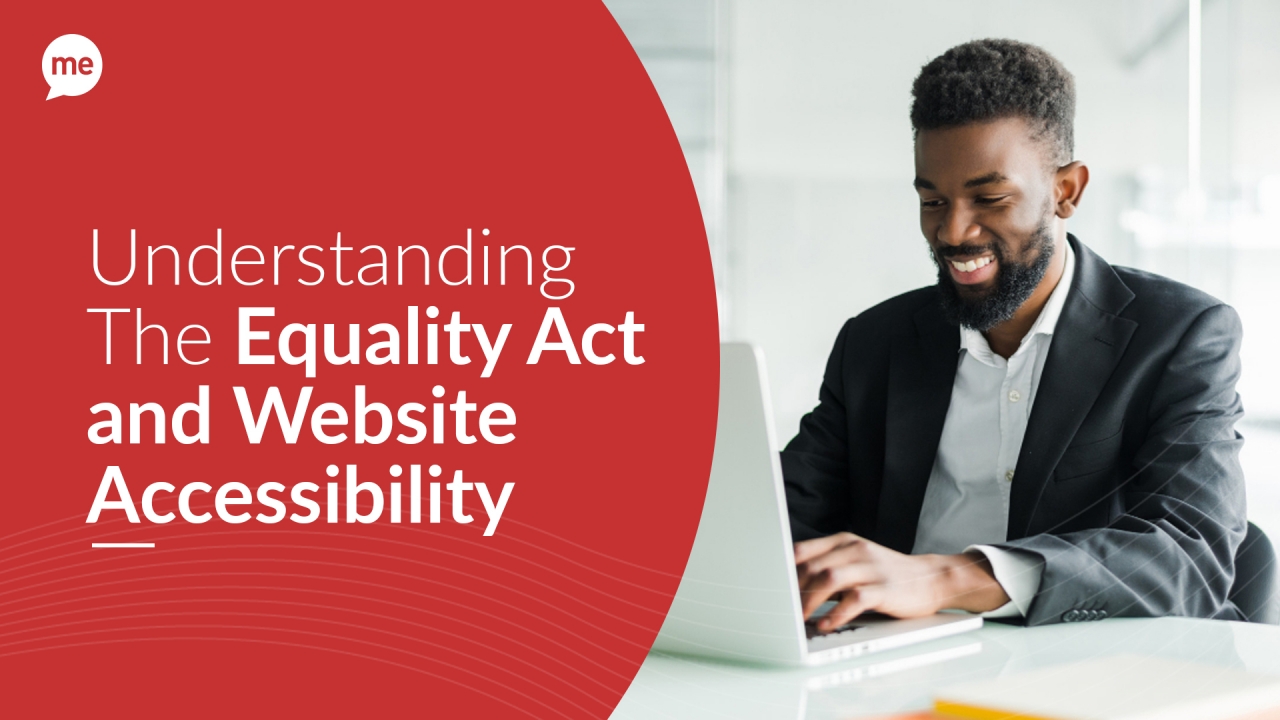
3. 2021: The Year of Accessibility, A Mini Guide
This piece offers a rundown on the shortcomings of web accessibility in various sectors, identifies groups that need support online the most, and offers best-practice tips for accessibility-friendly web design.
Also included were some 2020 data trends and COVID-19 information, which likely increased this article’s popularity. Many organisations scrambled to adapt to online models during the pandemic, and web accessibility became a significant factor in reaching consumers.
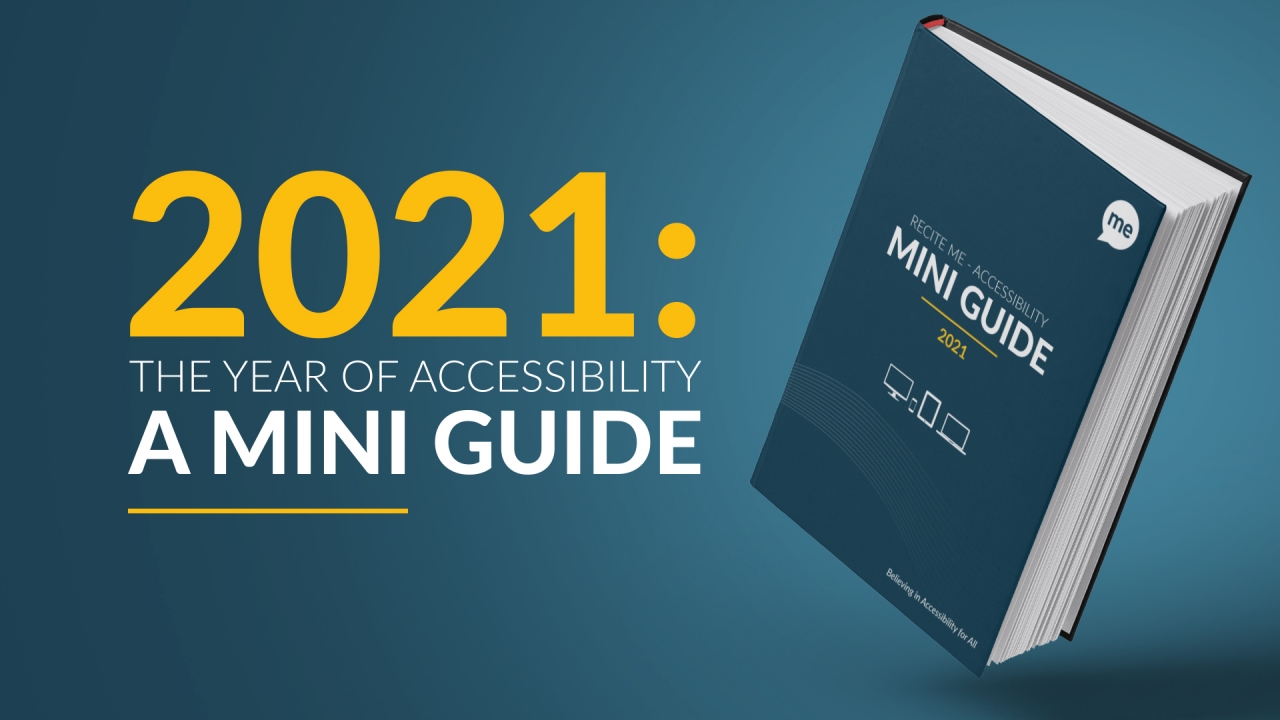
4. A New Standard of Website Accessibility Is On The Way
Anyone who knows anything about website accessibility is aware of the Web Content Accessibility Guidelines. (WCAG). The current best practice is to conform with WCAG version 2.1 level AA. However, the new WCAG 3.0 guidelines are due to be published in 2022.
WCAG is the gold standard when it comes to web accessibility, so it’s fantastic to see a high level of readership and know that more and more organisations are getting on board.
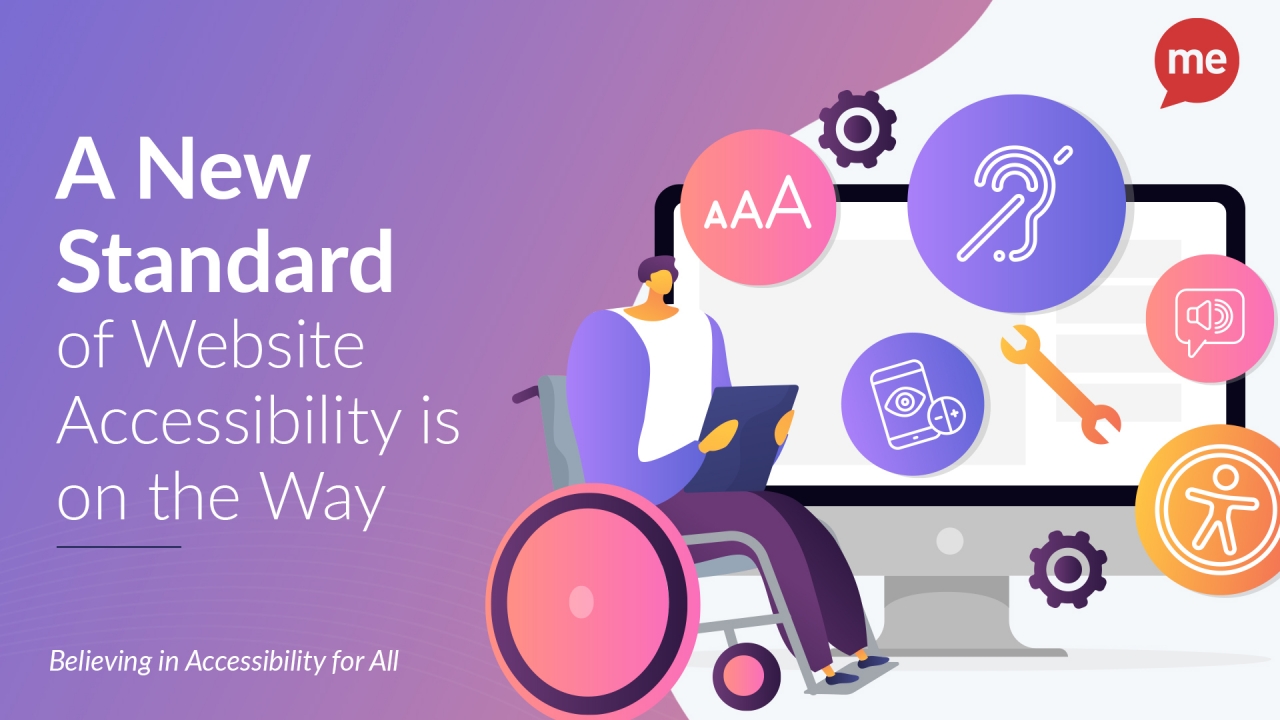
5. Assistive Technology: Who Needs It?
A comprehensive article covering who needs assistive technology, why companies should try harder to provide it, and feedback from organisations and users on the benefits it offers.
Find out who needs assistive technology here.
During 2020 and 2021, online accessibility and inclusion needs have been at the forefront of business development, and the high volume of hits on this article reflects that.
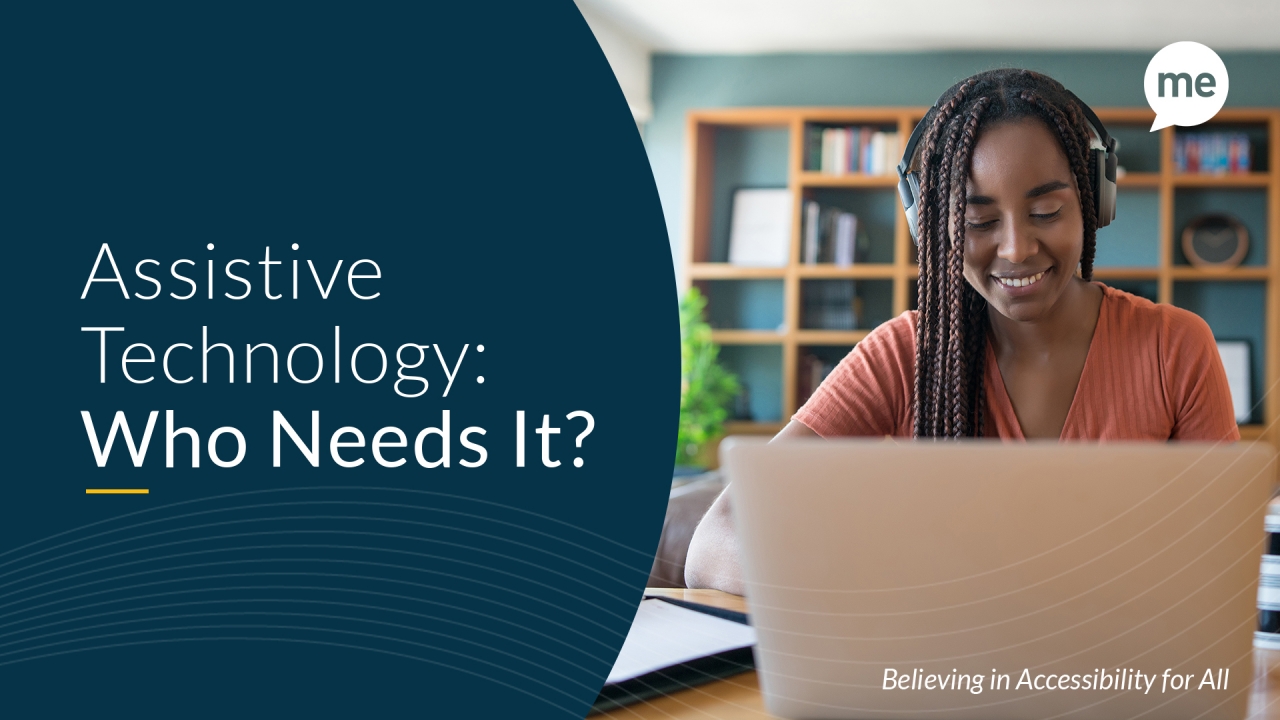
6. How to Write an Awesome Accessibility Statement
This article explains the benefits of providing a comprehensive accessibility statement and a step by step guide to writing, testing, and publishing one.
Learn how to write an awesome accessibility statement here or use our free web accessibility statement generator to do the hard work for you.
The degree of interest in knowing how to write an accessibility statement and where to put it on a website suggests that businesses are aware of the importance of accessibility laws and the impacts of failing to be inclusive.
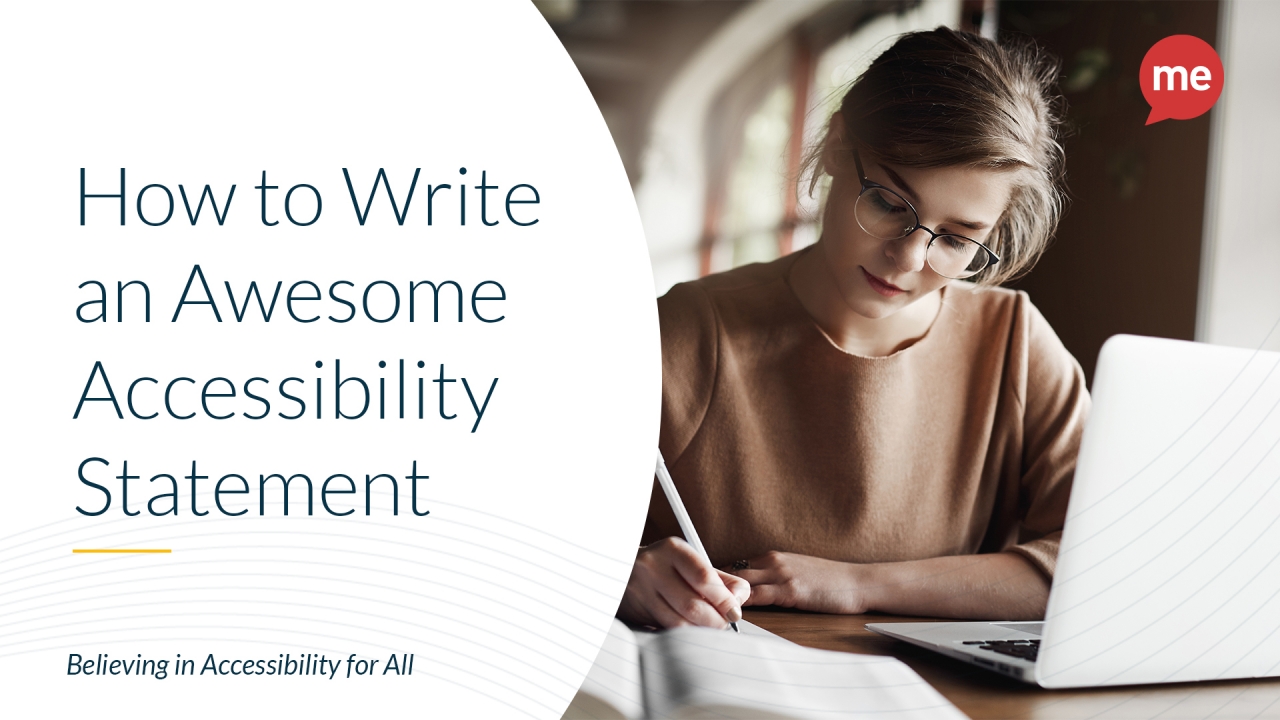
7. Supporting Disabled Shoppers Online
This article describes the spending power of those with disabilities, the internet journeys of people who face online barriers, and the best ways to support disabled shoppers online.
Read about supporting disabled shoppers here.
We’re not surprised this article made it into our top 10, even though it was only posted in November. Approximately 20% of Brits, 25% of Americans and 17% of the Australians sit in the disability market. So if online retailers aren’t supporting disabled customers, they’re missing out.
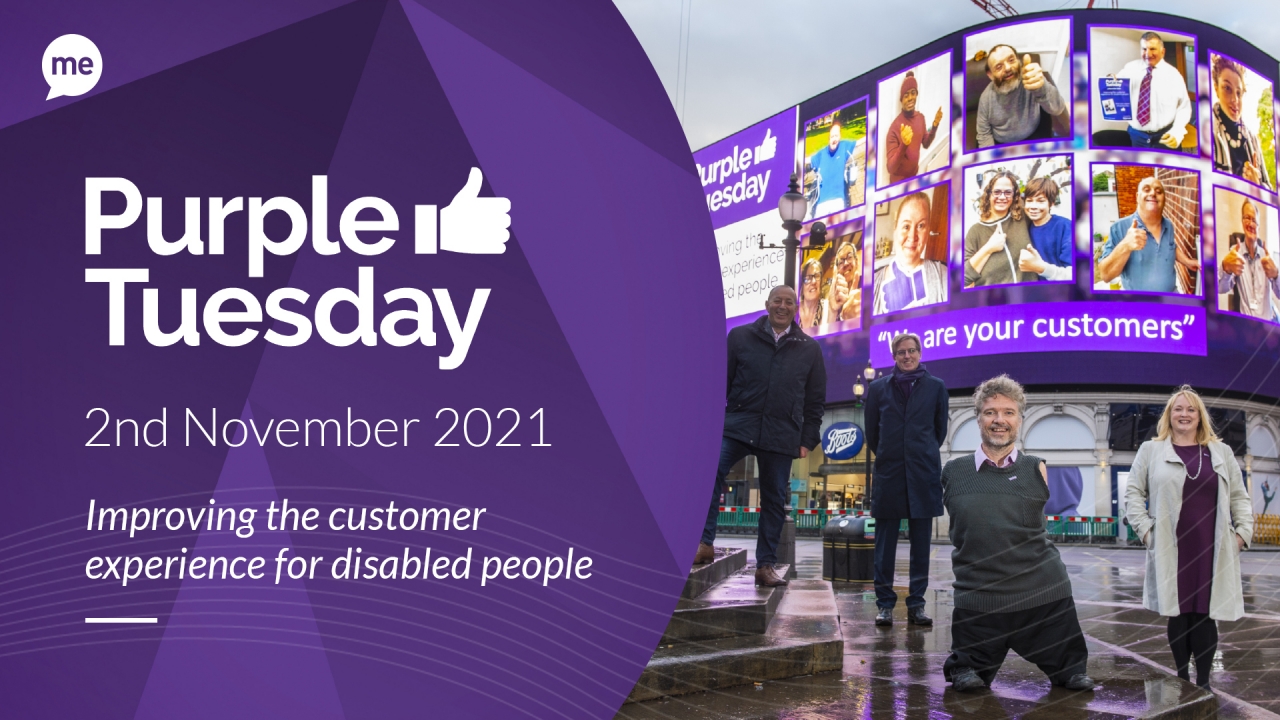
8. Why is Web Accessibility Such a Big Deal?
This is a popular question given the upsurge of interest in website accessibility and assistive technology solutions over the last year. So, we put together this easy-to-follow introduction to what being accessible means and how to achieve it.
Find out why accessibility is such a big deal here.
It’s rewarding to see people ask more questions about web accessibility on search engines. When organisations provide an inclusive website journey for those with disabilities, they improve website experiences for everyone in the process. So it’s a benefit to everyone.
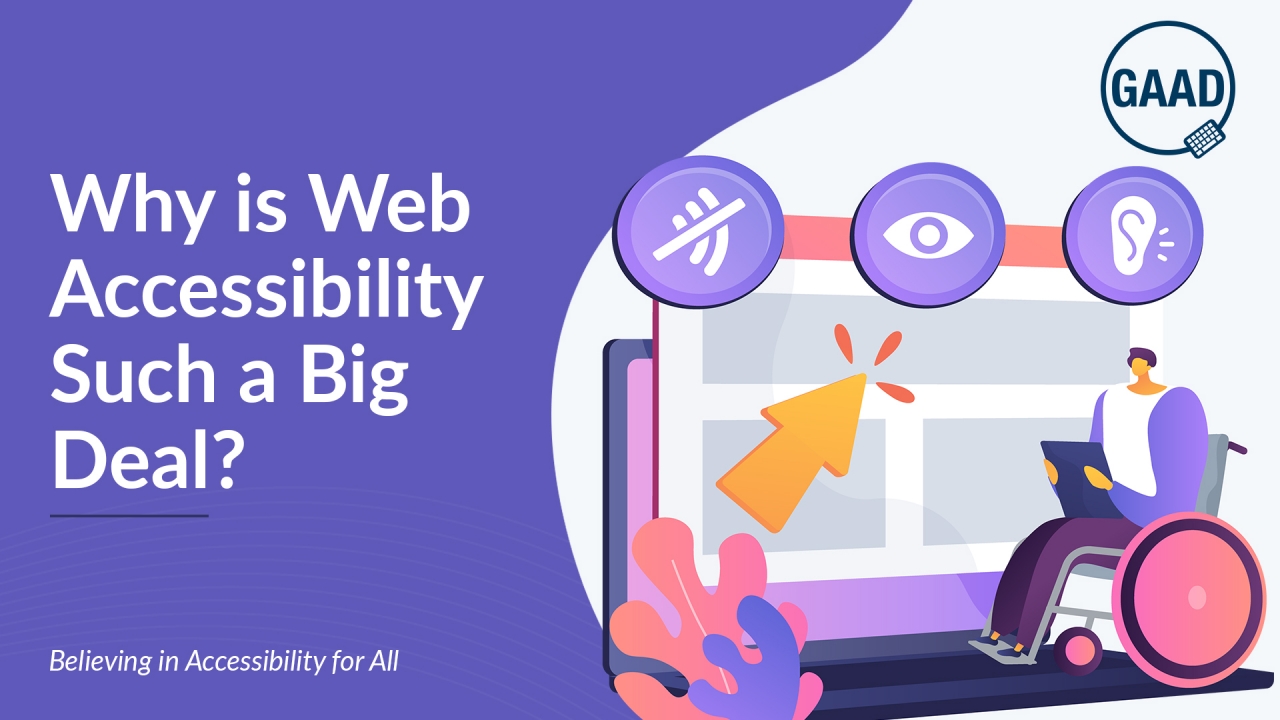
9. How to Improve Brand Reputation Through Being Inclusive
A specific look at how web accessibility affects inclusion and the brand benefits of being inclusive, taking into account the many ‘hidden disabilities’ that present online barriers.
Learn how to improve your brand reputation by being inclusive here.
By 2023, online sales are expected to account for 22% of global retail spending, and 52% of online consumers consider a company’s values when making a purchase. So savvy businesses are getting optimised for inclusion before it’s too late.
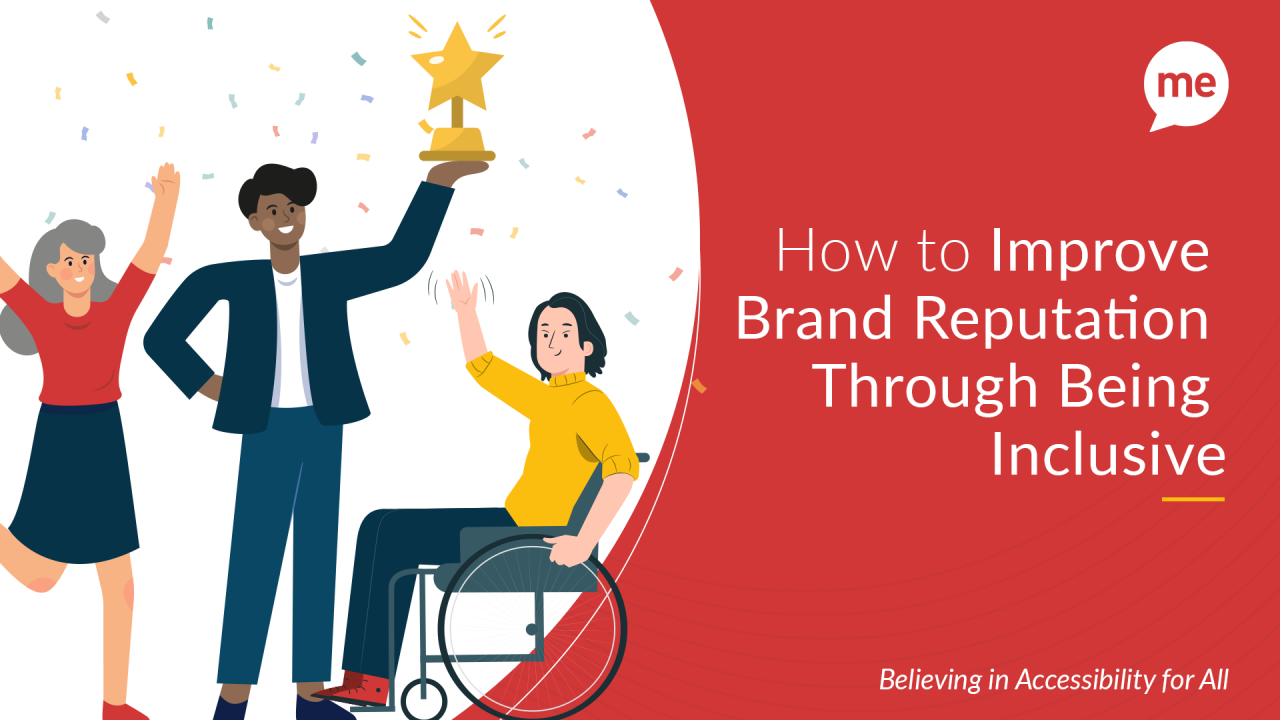
10. Recite Me: A Disability Confident Committed Employer
This branded mini-article draws attention to the Disability Confident Employer Scheme, our involvement, and how important the scheme is regarding diversity and inclusion in the workplace.
Read about being a disability confident employer here.
We’re delighted this article made the cut in our top 10, as we are passionate advocates of growing a diverse staff. Readership numbers suggest that we’re not the only ones, which is fantastic progress.
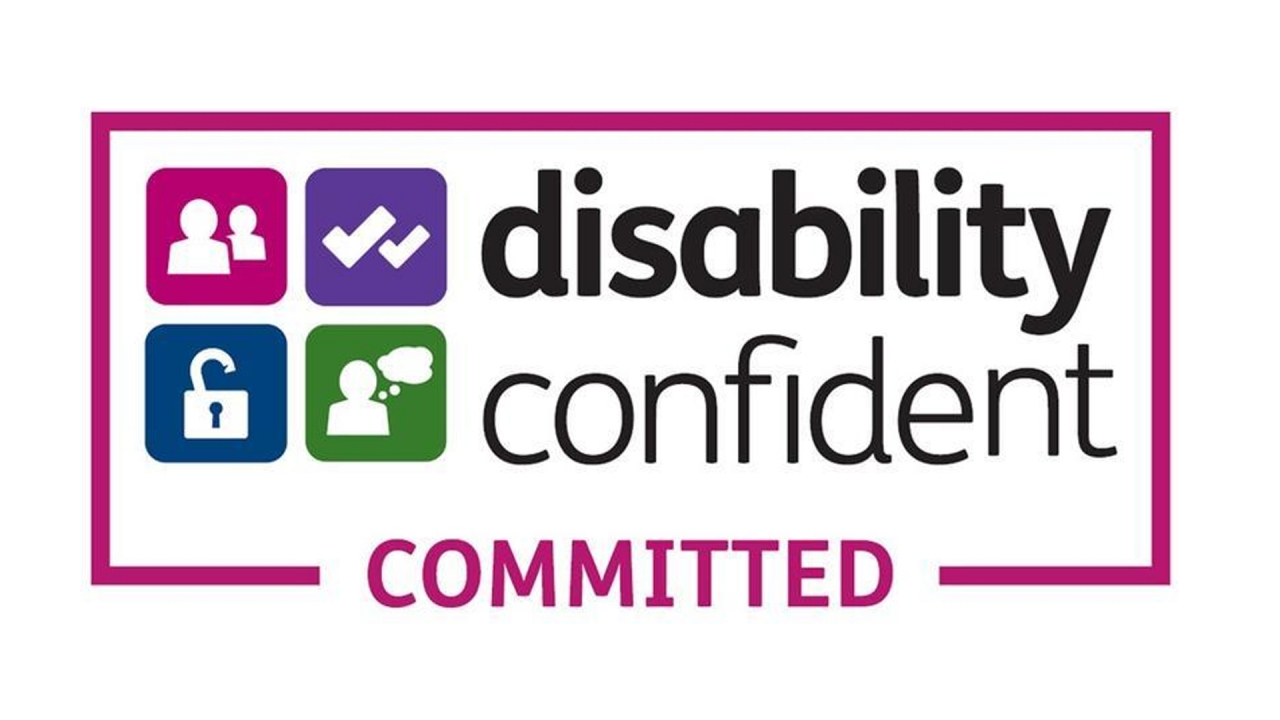
We hope this recap has helped you catch up on accessibility developments last year and given you plenty of great ideas and incentives to be more inclusive in 2022.
This year we’ll be helping more and more brands to provide inclusive online journeys by spreading the word about the importance of diversity, web accessibility, and inclusion. So keep your eyes out for more great content coming your way!
In the meantime… What was your favourite accessibility-based post from last year? Which topics should we cover more often? Are you interested in writing a guest article for us? Feel free to drop us a line and let us know!
If you’d like to make your website more accessible, be sure to check out the Recite Me accessibility scanner online.
